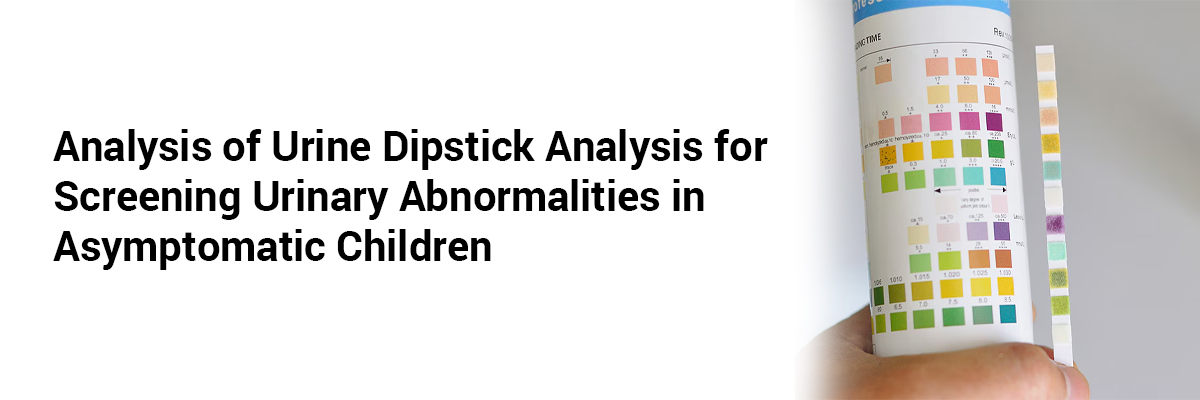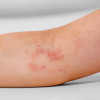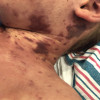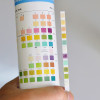
 IJCP Editorial Team
IJCP Editorial Team
Analysis of Urine Dipstick Analysis for Screening Urinary Abnormalities in Asymptomatic Children
Urine dipstick analysis is a valuable method for detecting asymptomatic kidney issues. Recent studies indicate that the prevalence of urinary abnormalities in asymptomatic schoolchildren ranges from 0.5% to 5.7%. Currently, India lacks a national urine screening protocol.
The researchers investigated urinary abnormalities in children aged 5 to 15 years who presented with non-renal complaints at an outpatient department between June 2022 and June 2023, excluding those with pre-existing renal conditions. They measured blood pressure and recorded anthropometric data, and conducted urine analysis, kidney function tests, and ultrasounds for those with significant dipstick abnormalities.
The study revealed:
- A total of 350 children (55.4% boys) participated, with an average age of 8.2 years.
- The mean weight and height standard deviation scores were -0.88 and -1.30, respectively.
- The dipstick test revealed at least one abnormal finding in 146 children (41.7%), including trace proteinuria in 72 (21%) and significant proteinuria (1+ or more) in 69 (19.7%).
- Additionally, 8 children tested positive for urine leucocyte esterase, 5 for nitrite, and 1 for hematuria.
- Of the children, 42% presented with febrile illnesses, and among these, 60% had proteinuria, with 32% showing significant proteinuria.
- In afebrile children, 25.6% exhibited proteinuria, with 10.8% classified as significant.
- Urine cultures were positive in only 2.8% of cases, and 1.4% had sonographic abnormalities.
- Notably, 10.3% of the children had elevated blood pressure, with 6.9% in stage 1 hypertension.
The study concluded that over 20% of children had significant dipstick abnormalities, which is higher than the 2.6% observed in healthy schoolchildren in India. Most proteinuria was associated with fever and absent urinary symptoms, along with a low culture positivity rate, suggesting a transient nature that only requires parental reassurance. Hematuria was rare, occurring in only 0.3% of patients.
Source: Meena V, Mahajan A, Mantan M. Urine Dipstick Screening of Children Presenting with Non-Renal Complaints to Outpatient Department of a Tertiary Care Centre. Indian J Pediatr (2025). https://doi.org/10.1007/s12098-025-05491-0

IJCP Editorial Team
Comprising seasoned professionals and experts from the medical field, the IJCP editorial team is dedicated to delivering timely and accurate content and thriving to provide attention-grabbing information for the readers. What sets them apart are their diverse expertise, spanning academia, research, and clinical practice, and their dedication to upholding the highest standards of quality and integrity. With a wealth of experience and a commitment to excellence, the IJCP editorial team strives to provide valuable perspectives, the latest trends, and in-depth analyses across various medical domains, all in a way that keeps you interested and engaged.













Please login to comment on this article